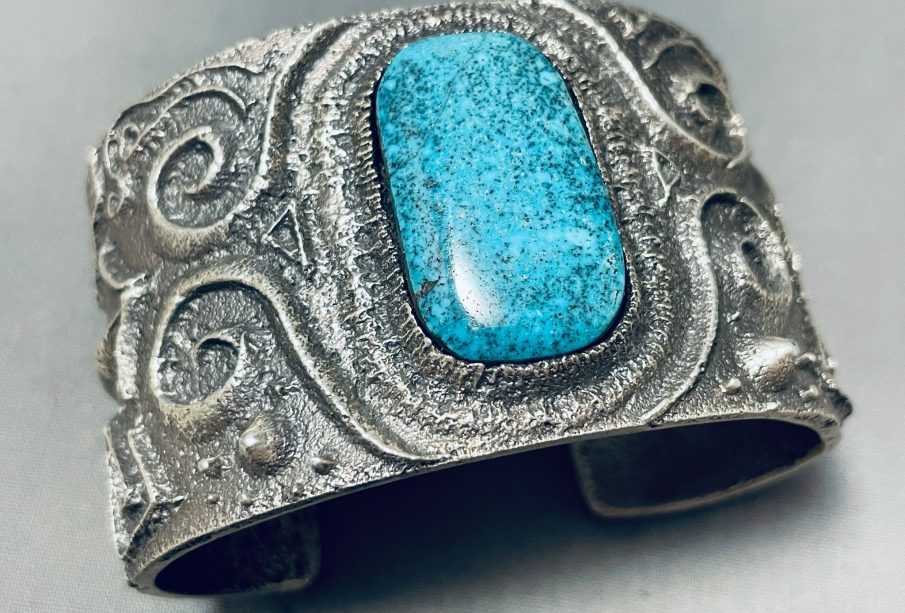Exploring the Significance of Navajo Stirling

Introduction to Navajo Stirling
Navajo Stirling refers to the beautiful and intricate jewellery and artworks made by the Navajo Nation, particularly highlighting the use of sterling silver and traditional craftsmanship. This form of artistry is not only essential for the cultural identity of the Navajo people but also plays a significant role in the economy of the community. With the rise in popularity of Native American art, understanding Navajo Stirling becomes increasingly relevant, especially in the context of cultural appreciation versus appropriation.
Historical Context
The Navajo Nation, located in the southwestern United States, has a rich history of silver craftsmanship that dates back to the mid-19th century. The initial infusion of silversmithing arose when Navajo artisans began incorporating metalwork influenced by Hispanic and Anglo-American practices. Today, Navajo Stirling is characterised by its unique designs, often incorporating natural elements and gemstones that reflect the sacred landscapes of the Navajo land.
Cultural Significance
The use of sterling silver in Navajo jewellery goes beyond aesthetics; it holds deep cultural meaning. Silver is viewed as a symbol of wealth and prosperity among the Navajo, and each piece often tells a story or represents cultural narratives. Artisans integrate symbols and motifs that hold spiritual significance, creating pieces that serve not just as adornments but also as cultural expressions.
Contemporary Relevance
Today, Navajo Stirling continues to thrive, with artisans incorporating modern techniques while maintaining their traditional roots. The revival of interest in authentic Native American art has opened new avenues for the Navajo community, with many artists gaining recognition in galleries and exhibitions. However, this surge in popularity also raises important discussions around cultural appropriation, where non-Native entities create similar styles without understanding their cultural significance. It is crucial for consumers to recognise the authenticity of these works and support genuine Navajo artisans.
Conclusion
Navajo Stirling stands as a testament to the enduring heritage of the Navajo people, encapsulating their history, culture, and artistic spirit. As interest in indigenous artistry grows, the importance of supporting authentic creations becomes imperative. Not only does this encourage economic sustainability for the artisans, but it also ensures the honouring and preservation of their rich cultural narratives. For collectors and enthusiasts, embracing Navajo Stirling means participating in a meaningful dialogue that respects and acknowledges the artistry and traditions of the Navajo Nation.









